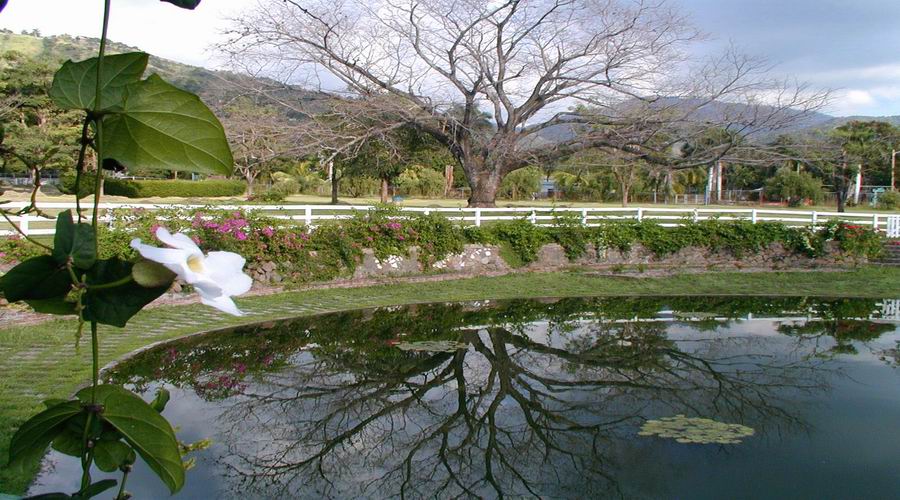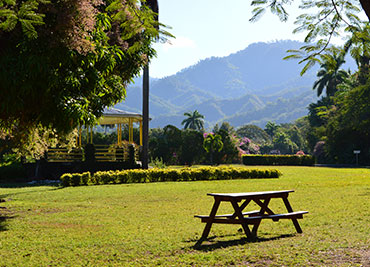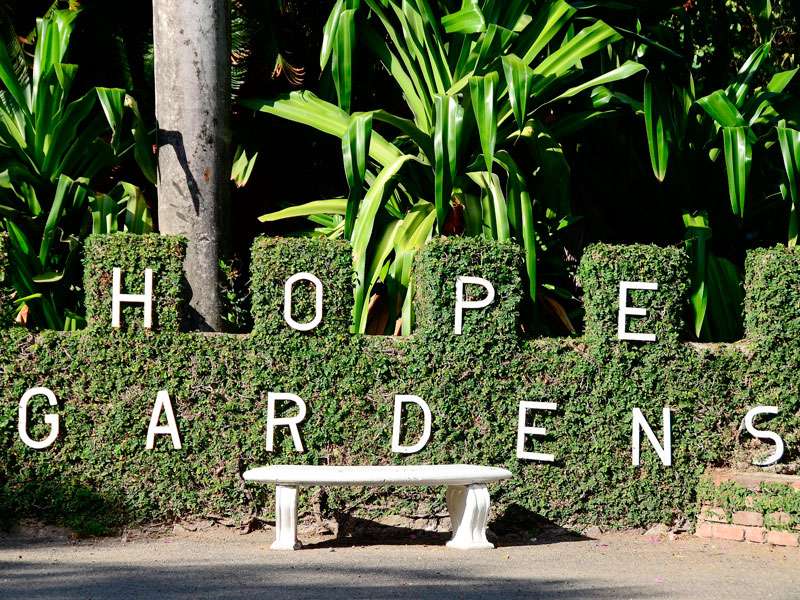
Project Deatil
- Duration: April 17, 2018
- Category: Tourist Attractions
- Project Tags:
Management
- Manager:Stephen Johns
- Email:info@lorum.com
- Website: www.lorum.com
The Hope Royal Botanic Gardens Jamaica
Stephen JohnsThe Royal Botanical Gardens, commonly called “Hope Gardens”, occupies 230 acres of land (inclusive of the Zoo), in the Liguanea Plains of urban St Andrew. The gardens were established in 1873 on a section of land from the estate of Major Richard Hope, one of the original English colonizers who arrived with the invading force of Penn and Venables.


Today the gardens are the largest public green space in the Kingston metropolitan region, and home to some of Jamaica’s most popular collection of endemic and exotic botanical species. Of particular interest, is the Cassia Siamea grove by the main entrance, which was planted in 1907, and the other mini-gardens within the park – notably the cacti garden, with its rare varietals; the bougainvillea walk with its magnificent explosions of tropical colours; the annual gardens, with numerous species of exotic flowers; the sunken gardens and the lily pond.

There are many rare and beautiful species of tropical plants and trees at the Royal Botanical Gardens, including the Hibiscus Elatus (Blue Mahoe), the national tree of Jamaica. The Blue Mahoe is a small spreading tree with flowers that open in primrose colour in the morning and change to orange and deep red as the day advances.
Managed by Nature Preservation Foundation (NPF), a Non-Government Organization (NGO) holding a 49 year Lease and Management Contract from the Government of Jamaica; the organization is charged to develop and manage the Hope Royal Botanical Gardens within the Hope Estate, on behalf of the people of Jamaica.

The Hope Royal Botanical Gardens represent the last large remaining urban green space for the country’s capital city. The Gardens are accessible, free of cost to all Jamaicans and overseas visitors; the average annual attendance exceeds 1.5 million persons.
The Hope Royal Botanic Gardens has been designated a National Heritage Site and has buildings and artefacts dating back to the 1800’s when the property was a sugar plantation under slavery. It is important that we support and keep hope alive for the use and enjoyment of future generations.
